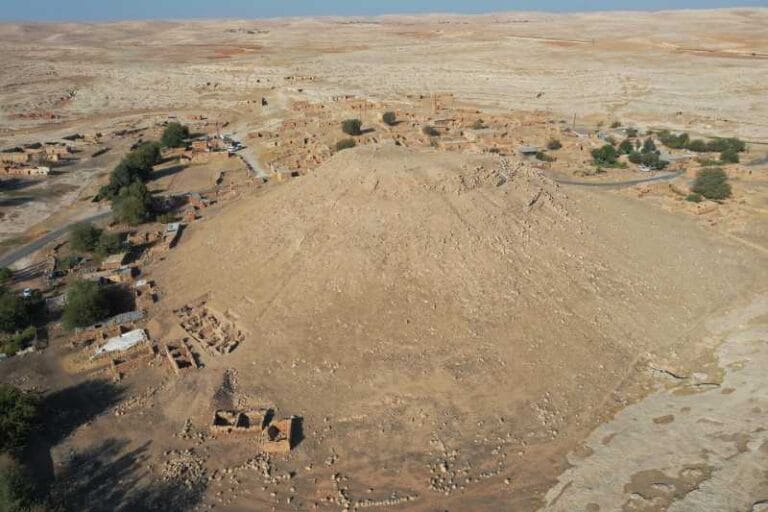More than 50 3,800-year-old royal seals discovered in Turkey

Excavations at Kayalıpınar, located in the Yıldızeli district of Sivas, in the eastern region of Central Anatolia, Turkey, have revealed more than 50 seal impressions of members of the Hittite royal family.
Among the seals are inscriptions by princes, scribes and temple lords, such as Prince HattusaRuntiya, whose name means “Protector of Hattusa”, the ancient capital of the Hittite Empire, and the scribe Pihaya, who is believed to have served Queen Puduhepa. Another highlight is the seal of ArmaTarupasani, a servant of the Moon God.
Kayalıpınar, initially a small market of Assyrian merchants, evolved into a significant commercial center in the 18th century BC. The city has been identified as Šamuḫa, an important nucleus of the Hittite imperial period, and excavations have revealed a rich collection of epigraphic finds. The site was occupied continuously from the pre-Hittite era until the Hittite Kingdom.
Archaeologists Vuslat Karpe and Andreas Müller-Karpe, from the University of Marburg in Germany, conducted excavations at the site from 2005 to 2019. The research is currently being led by Professor Çiğdem Maner, from Koç University, with authorization from the Turkish Ministry of Culture and Tourism. Maner explained that the work of the last two years indicates that the region was inhabited uninterruptedly from the Paleolithic era to the Seljuk period.

Maner highlighted the architectural discoveries at the site, noting that “structures from Assyrian trading colonies, the Hittite, Roman and Byzantine periods have been unearthed.” She added: “We continue to excavate the Hittite administrative building from last year, uncovering more seal impressions. These discoveries are crucial for re-evaluating the history of the Hittite royal family.”
The team also found traces of a devastating fire that destroyed buildings from the time of the Assyrian trading colonies. According to Professor Hasan Peker, a Hittitologist at Istanbul University, “the cuneiform tablets and hieroglyphic seal impressions unearthed here are among the most significant discoveries.”

Currently working in a destroyed archive room, the archaeologists have identified seals belonging to high-ranking officials and members of Hittite royalty. “Since last season, more than 50 seal impressions have been discovered. This year, we found several seals with the names of princes, who were linked to the royal family by marriage or blood ties,” reported Peker.
“These seals are not only valuable for confirming the existence of these historical figures, but also provide essential data on the Hittite administrative system,” explained Peker.
The seals, used to authenticate economic and administrative documents, solidify Kayalıpınar’s importance in the Hittite government.
These discoveries have provided new information about Hittite royal ancestry and the city’s important role in the governance of the empire, highlighting its relevance in administrative control and the legitimacy of government actions at the time.






